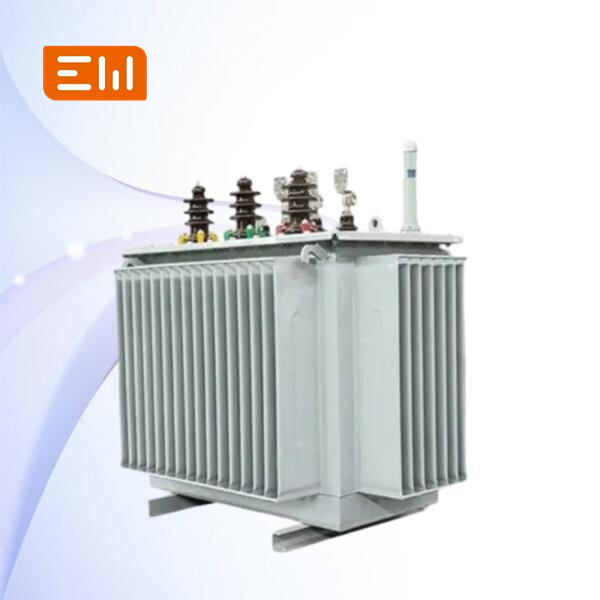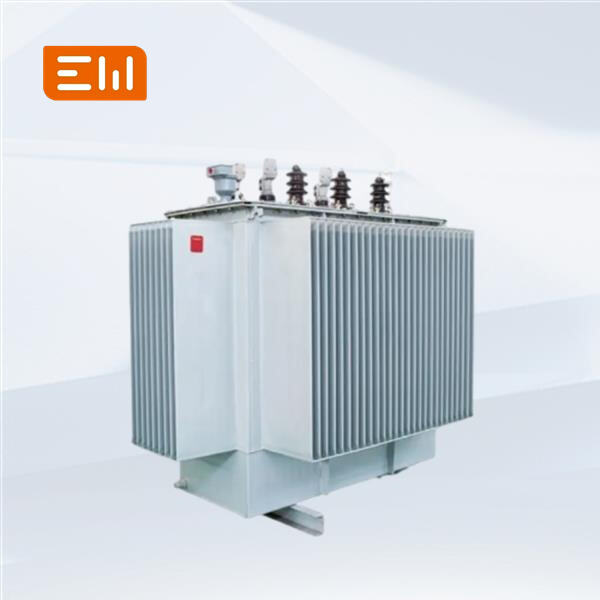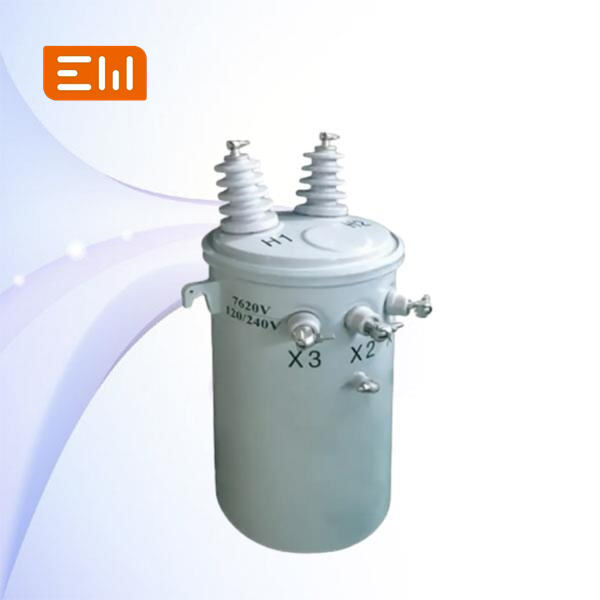Oil-immersed Transformers aid electricity in traveling from one location to another. These are quite essential to ensuring that our homes, schools, and shops get the electricity we rely upon each day. Here’s a closer look at how oil transformers function and why they’re so critical.
The oil transformers are the superheroes helping electricity travel the long distances without losing out on energy. Electricity produced at power plants travels over high-voltage power lines to other regions. But this electricity is too powerful for our homes and buildings to use, and so it needs to be reduced to lower voltage. And here is where oil transformers come into play!
Inside an oil Transformers, there are coils of wire and a special liquid named oil. As high-voltage electricity comes into the transformer, it creates a magnetic field so the coils bring the electricity to another part of the transformer. The oil maintains lubrication shoots and keeps everything cool. When the electricity flows through the coils, it converts to a lower voltage that's safe for us to use at home.

Just as cars require oil changes in order to keep running efficiently, an oil transformer needs a good deal of maintenance to continue functioning as intended. This includes checking the oil levels, ensuring the connections are tight, and cleaning any built up dust or dirt. As an oil Current Transformers can control the flow of current in various means, taking care of it will ensure a steady flow of electricity.

An oil Transformer Components is a type of transformer that uses oil for insulation and cooling and plays a significant role in the distribution of electricity, but it could pose risks if not handled properly. They can cause accidents if safety rules are not followed when working with or near oil transformers. That means wearing the proper protective equipment, maintaining a safe distance, and only allowing trained professionals to service the transformers. Safety always comes first!

Oil transformers have improved as technology has evolved. Engineers and scientists are continuously trying to improve the efficiency of transformers while minimizing energy wastage and making them eco-friendly. A particularly promising new concept is “smart” transformers that can adjust voltage levels automatically based on load demand. This is not only good in term of saving energy, but also extends transformer life longevity.